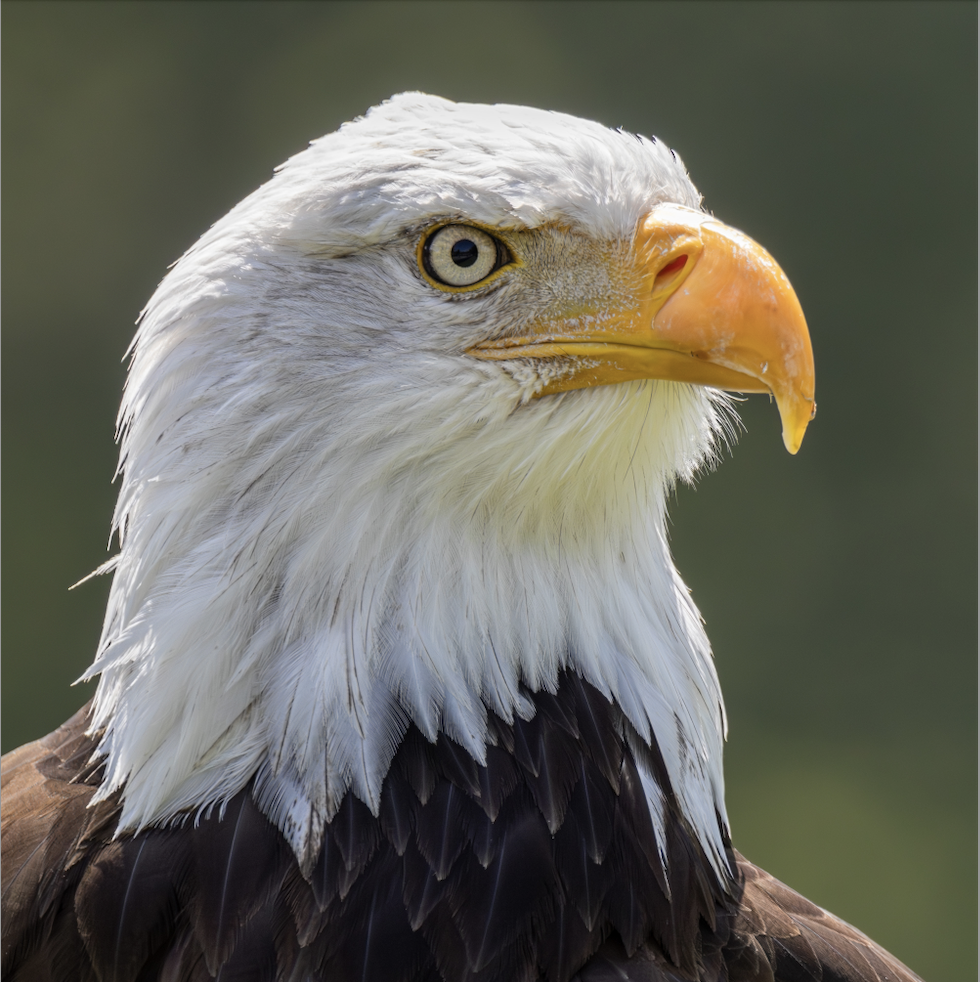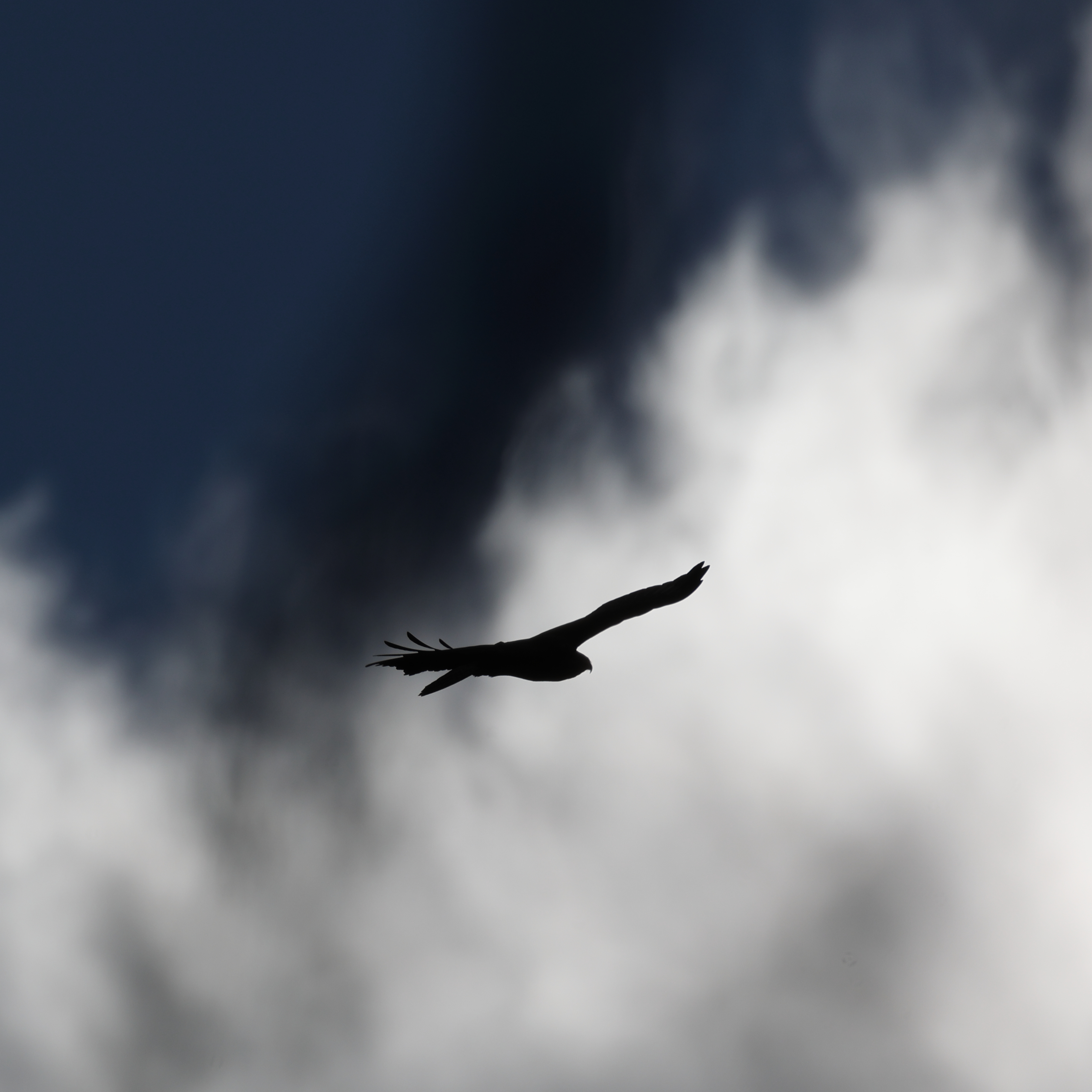KevinFRK
Refugee from Reddit
- 31 Posts
- 80 Comments

 2·6 months ago
2·6 months agoThat sounds ever so like a UK song thrush or blackbird - and yes, fun to watch!
On posting pictures in replies (or indeed at all), i find I have to use the raw Lemmy website rather than the Alexandrite overlay. Might that be your issue?

 3·6 months ago
3·6 months agoYes, it seems the American colonists were none-to-observant when calling the birds they saw the names of birds they were familiar with in Europe. Different times, and all that.
The American Robin from the picture struck me as a European Thrush/Blackbird (Blackbirds being a member of the thrush family) head (beak especially), and so it proves scientifically as well.

 3·6 months ago
3·6 months agoYes, the head has twisted so far round in the first, I found it hard to believe!
 3·6 months ago
3·6 months agoIf you know the focal length, good - I just remember the first time I went well below 50mm!
You know the events and their constraints: I mentioned it because the monopod is just to provide a rest, and not actual support it can be really light and collapse down pretty short. Sort of thing that can dangle from a belt.
And enjoy the party!
 4·6 months ago
4·6 months agoAdvice you are probably already aware of (as IAMALlama has already given excellent technical advice):
- Whatever you go for, do an experimental run in comparable conditions beforehand. Preferably two or three, especially if the event is important to you. Learn the lens and its quirks, and what post-processing can save.
- Have you ever tried a monopod to address handshake? Much less in the way than a tripod, yet almost as good.
- Focal length dictates the best distance at which to take any scene to “Fill the frame” (and v.short can also get a little disorienting). The resulting Depth of Field, which others have mentioned, also has an impact. Think about the sort of photos you are after, and make sure in particular those 24mm lens meet the requirement.
- Think about backup kit and accessories (batteries, cards, …).
- Make sure you also enjoy the event, not just get photos of it!
I always think “arrow head” but yes! I’d also how I know it’s a Song Thrush - I never really got to see its wings, where white edging shows a Mistle Thrush, and none shows Song. Distinguishing between “blob” and “arrow head” usually feels a lot less certain than this.
Maybe not stunning, but there’s a definite thrill to a new bird seen :)
Nice to see the highlights on the feathers.
 2·7 months ago
2·7 months agoOn time taken to think - it’s more the bittersweet admiring/wondering at wildlife vs. remembering what this weight in my hands is for!
On a related note, getting over the embarrassment of using burst mode freely (rather than working on having perfect timing) has definitely helped.
On swapping focus modes - that’s almost down to instinct now, my fingers know where to go and how many times to press.
 1·7 months ago
1·7 months agoSorry - been away for a few days.
Your advice is good, but mostly already known to me. For birds, it’s rare for the bird to fill the frame on my 600mm lens, never mind a 200-800mm zoom - so it’s cropping that’s important. Shutter speed - as high as the light allows :) Generally around 1/1000s on the zoom, faster on brighter days. I walk around with the camera on: my walks are rarely more than an hour at a time, so no chance of flattening the battery (and a spare is carried) - the time is just noticing the bird, thinking “I want to photo that” (which takes remarkably long at my age), actually getting the bird in the frame (one major draw back of long heavy lens, and the real time killer), and then waiting for AF to kick in.
I seem not to be using manual focus these days, just single point auto-focus for birds in a cluttered shot. I think manual focus would be more relevant in an hide and/or with a tripod: the time to focus manually means the bird better be still or I need to know where it will appear.
I dodge most black/overexposed issues by shooting in RAW (so far more forgiving) - though I do use exposure compensation when shooting birds against the sky.
 1·7 months ago
1·7 months agoThank you for the content and effort put into that reply, you are generous.
My main interest is wildlife, and because I so rarely get more than a few seconds of shooting on any subject (and many that entirely get away before I notice, align lens onto subject and auto-focus does its thing on what I’m after) so I don’t have large numbers of photos from a walk so the culling process is not that bad.
I certainly agree that high ISO is not, in and of it self, a guarantee the photo is no good, though there is some loose correlation - and your cat photo makes the point well.
I’m just wondering whether your approach might be used to give pointers on how to balance settings “when every second counts”, and there’s a lot to be said for just taking the shot regardless. But, as ever, really I ought to just try it myself and see!
 3·7 months ago
3·7 months agoThis is hardly a high traffic group. I’d recommend just posting away until someone complains, and then invite them to create a regular Questions thread (which seems to be a proven approach for all I find them rather missing the point of this format).
 2·7 months ago
2·7 months agoInteresting project, and well done for making it reality. I’ve only had fanciful musings along these lines.
One question, do you rate your photos (e.g. 1 star, 2 star, etc.) and have you tried understanding the characteristics of what you tend to like? My musings imagine there is a level of ISO which caps my liking of photos to “That’s OK”, and another where it makes taking the photo almost pointless apart from as a record of what was seen.
Ah, but you have seen them, in a manner of speaking. To quote Wikipedia:
The tits, chickadees, and titmice constitute the Paridae, a large family of small passerine birds which occur mainly in the Northern Hemisphere and Africa. Most were formerly classified in the genus Parus.
Members of this family are commonly referred to as “tits” throughout much of the English-speaking world, but North American species are called either “chickadees” (onomatopoeic, derived from their distinctive “chick-a dee dee dee” alarm call)[1] or “titmice”.
I’m sure I’m wrong, but I imagine some colonist puritan going “We can’t keep talking of shameful female things… we will henceforth refer to them as chickadees”
TBH I think I just got lucky - I wasn’t expecting nicely fanned out wing feathers, just wanted to see what I got pointing at a little ball of fury :)
Oh, now that’s interesting - the original has a resolution of 350dpi, Lemmy has it at 96dpi, thus size change
I so carefully avoided all such double entendres sob

 6·7 months ago
6·7 months agoFun, and nice to see a classic LBJ (Little Brown Job - you know, that species of bird you’re always seeing but can never name) in a different light.

 2·8 months ago
2·8 months agoWhat a classic shot!
The following wasn’t sunset, but I hope give a similar vibe - Buzzard with the sun maybe 30 degrees to the left, and low enough to light the clouds in a manner that pleased me.

I don’t think so, just a tree with leaves just budding - but then I know far less about plants than birds (and about birds my knowledge is sketchy!)